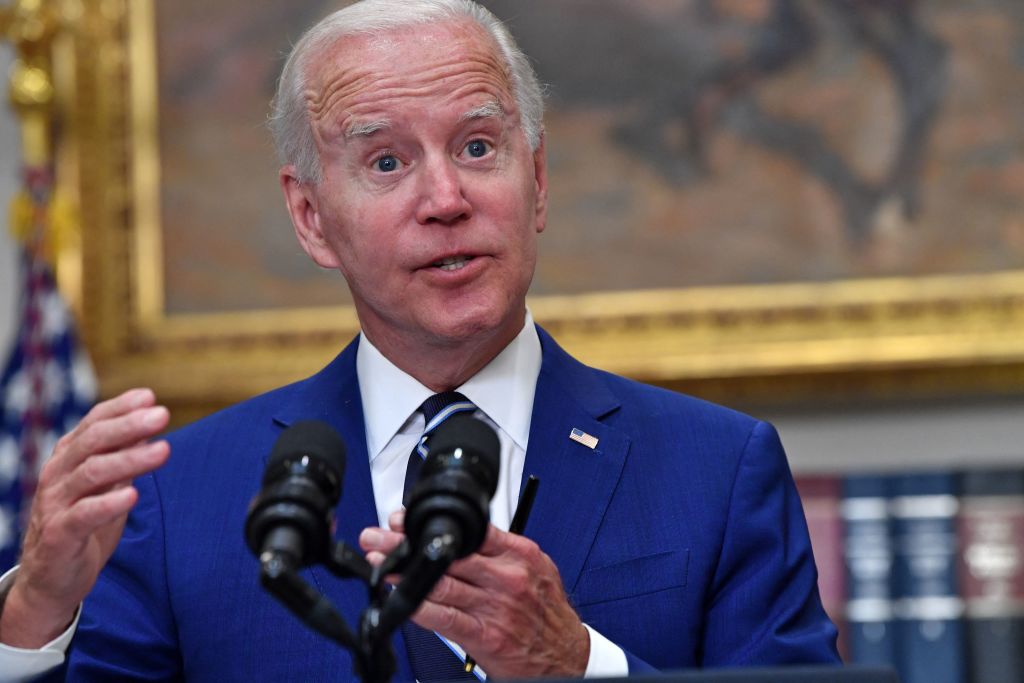The Democratic Party’s lurch to the left has caused voters to flee the party in droves as the midterm elections approach.
Voter registration data in more than 40 states analyzed by the Associated Press shows that more than 1 million voters have joined the Republican Party.
According to the AP tally, the GOP is gaining in all areas from cities to towns — but has made its most important gains in suburbs that backed President Joe Biden in 2020.
Suburbs around major metropolitan areas, such as Denver, Atlanta, Pittsburgh and Cleveland, are part of the flight from the Democratic Party, as are those around medium-size cities, such as Harrisburg, Pennsylvania; Raleigh, North Carolina; Augusta, Georgia; and Des Moines, Iowa.
Party-switching takes place all the time, and the AP report noted that Democrats have gained 630,000 voters during the same time period the GOP gained 1 million enrolled voters.
But in many states, the trend is a major red wave.
In Iowa, Democrats who once had a 2-to-1 lead in party-changers are now on the reverse end. A similar pattern has taken shape in Ohio.
Florida data shows 70 percent of party changers are becoming Republicans, up from 58 percent when former President Donald Trump was in office.
In Pennsylvania, 63 percent of those changing their party enrollment joined the GOP, also up from an earlier figure of 58 percent.
In Lorain County, Ohio, just outside Cleveland, almost every party switcher in the past year went Republican. Explanations for the change vary.
Ben Smith of Larimer County, Colorado, called the trend “more so a rejection of the left than embracing the right.”
Jessica Kroells, also of Larimer County, said that despite years as a Democrat, by 2020, the Democratic Party had “left me behind.”
“The party itself [is] no longer Democrat, it’s progressive socialism,” she said.
“Biden and Democrats are woefully out of touch with the American people, and that’s why voters are flocking to the Republican Party in droves,” RNC Chair Ronna McDaniel said.
“American suburbs will trend red for cycles to come” because of “Biden’s gas hike, the open border crisis, baby formula shortage and rising crime,” she said.
Emily Seidel, who leads the organization Americans for Prosperity, said voters are distancing themselves from Democrats who represent “extreme policy positions.”
“But that doesn’t mean that they’re ready to vote against those lawmakers either. Frankly, they’re skeptical of both options that they have,” Seidel said. “The lesson here: Candidates have to make their case; they have to give voters something to be for, not just something to be against.”
This article appeared originally on The Western Journal.

























 Continue with Google
Continue with Google